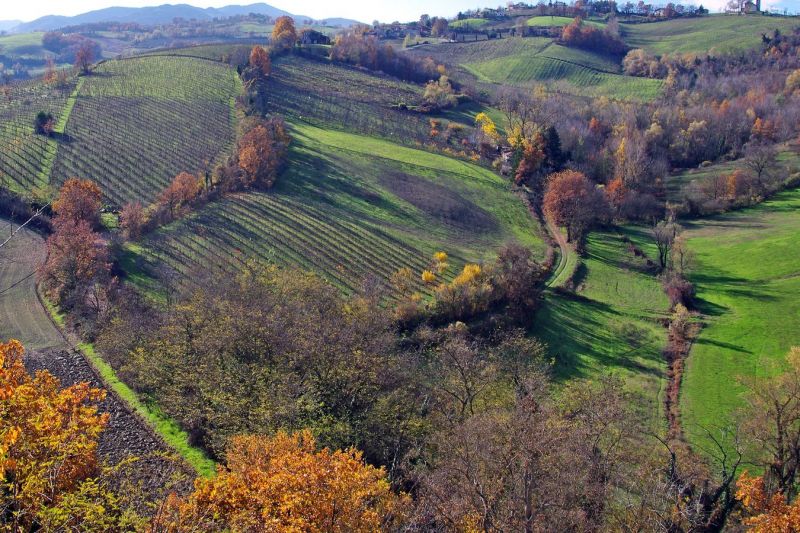Ancient Farming Techniques Could Help Mitigate Climate Change
Published on by Water Network Research, Official research team of The Water Network in Academic
High technology is being deployed to uncover long-forgotten irrigation systems and other features concealed in landscapes that farmers developed hundreds of years ago to nurture their land.
By studying landscapes of the past and how they're used today, scientists can draw on Europe's cultural heritage to help tackle challenges such as climate change and rural exodus.

Geographically defined products such as Parma ham help to assess the social and cultural value of a landscape. Image credit - Pxhere/1165797, licensed under CC0 Creative Commons
Professor José María Martín Civantos, of the department of medieval history at the University of Granada, Spain, sees lessons for today in the cultural history of mountainous Mediterranean landscapes in Spain, Italy and Albania, which he and his collaborators studied in a project called MEMOLA.
Centuries ago, farmers and rural communities in southern Europe adapted to become experts in water, soils, crops and animal management to keep their lands fertile and productive. These practices helped rural communities withstand periodic stresses such as drought and food scarcity.
‘In the race for modernisation, intensification of production and competitiveness, we have neglected, forgotten or even (discarded) all that knowledge, all that heritage, all that richness,’ said Prof. Martín Civantos.
The researchers conducted surveys using a laser scanning technique called LIDAR and created 3D maps of sophisticated irrigation systems dating back more than a thousand years. These were used for channelling water from areas of surplus to areas of demand.
The team combined the maps with a range of other techniques and disciplines, including ethnography, hydrology, archaeology, agronomy, botany, and soil science, to understand the co-evolution of the landscape with the people who live there.
They even worked with high school students who used the hugely popular video game Minecraft to create interactive 3D worlds demonstrating culturally important irrigation systems.
Sowing water
Among the principles MEMOLA researchers identified was channelling water from mountain peaks to areas where it can be used to recharge depleted aquifers. ‘Sowing’ water in good times and ‘harvesting’ it when it is most needed, is a sophisticated technique for dealing with environmental stress.
‘This is a most modern concept for the management of water in a river basin, but it is something that has been done in some communities for centuries,’ said Prof. Martín Civantos.
Ideas such as these can contribute materially to policies which improve sustainability and aid in mitigating the effects of climate change.
He sees room for further research to revive interest in the cultural history of the Sierra Nevada mountain range in Spain as well as in northern Italy and Sicily. Some features that fell into disuse fairly recently could benefit from restoration while other, older features not only provide lessons, but can also contribute to contemporary life through culture, education or tourism.
‘It is really worthwhile to preserve and promote (this cultural history), to ensure best practices in our relationship with the environment, but also in our social relationships, in the way that our natural resources and territories are managed,’ he said.
It's not only climate change that can threaten Europe's landscapes - rural exodus and urbanisation can also challenge their preservation. But scientists are finding new ways of gathering information about the significant aspects of a particular landscape.
Researchers on the HERCULES project tapped in to social media and other tools to populate incomplete data sets, piecing together a more complete picture of how people in specific communities value particular landscapes – not only for ecological value, but also cultural value.
Read full article and see models: Horizon
Media
Taxonomy
- Agriculture
- Irrigation
- Resource Management
- Climate Change
- Climate Change Adaptation
- Climate Change Resilience
- Agriculture
- Agriculture
- Water Software
- 3D Modelling
- Climate